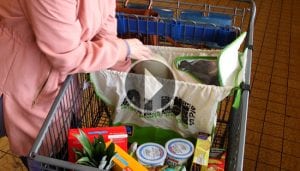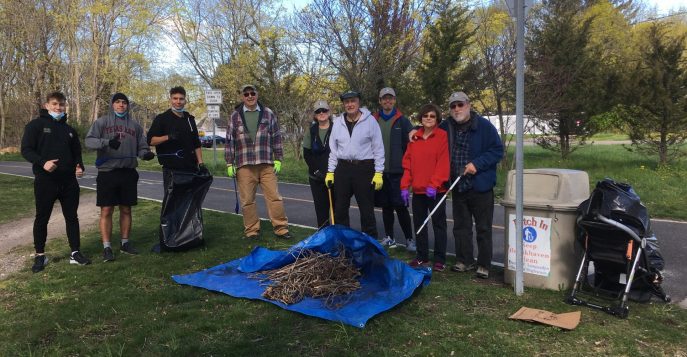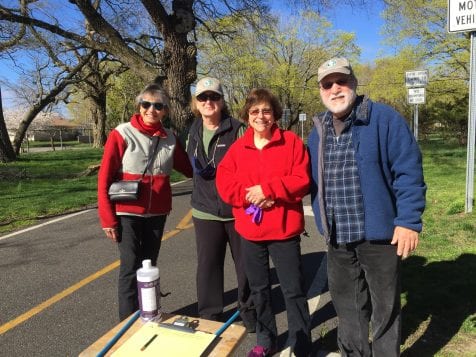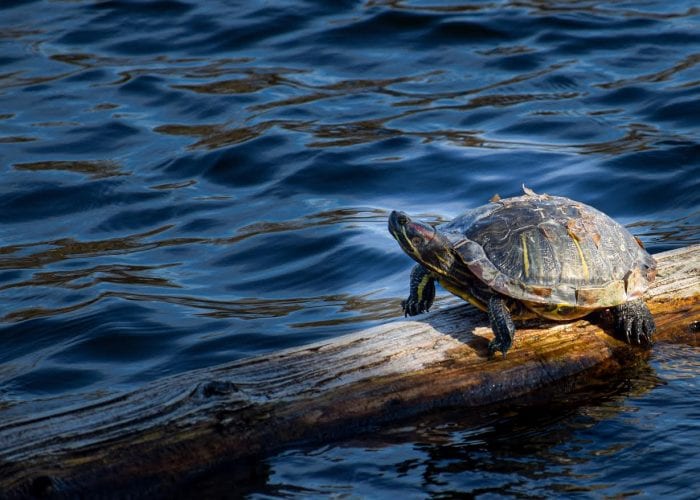By Heidi Sutton
When my daughter was little, one of her favorite places to go was the Town of Brookhaven’s Holtsville Ecology Site Animal Preserve or “The Little Zoo” as we liked to call it. She would run through the open gates to say hi to the Nubian goats with their long floppy ears as I retrieved feed from the 25-cent vending machine. She would marvel at the buffalo, see if any birds were in the large birdhouses, and then off to see the ducks, rabbits, fox and Rascal the coatimundi. A quick stop to see the eagles and hawks and then down the inviting path (overflowing with beautiful flowers grown in the attached greenhouse) to Honey and Pooh Bear’s enclosure, the preserve’s resident black bears.
Sometimes we would stay for an hour, sometimes I would pack a lunch and we would head over to the picnic tables by the playground and grab an ice cream from the ice cream truck waiting in the parking lot. Before we left, we always had to head over to the koi pond behind the greenhouse to see the turtles. It was a ritual many town residents have enjoyed spring through fall since the park opened in 1979. Best of all, it was always free, except the ice cream! It is a special place.
Last March the animal preserve was closed to the public due to the coronavirus pandemic, briefly reopened in September but then shut its doors again. Now there is a spring awakening. Brookhaven Town Highway Superintendent Daniel P. Losquadro recently announced that the preserve will partially reopen to the public, albeit with a few changes, on Saturday, May 1.
The preserve will be open Thursday through Monday with limited spring hours from May 1 to 28; reservations can be made every 15 minutes from 10:30 a.m. to 2 p.m. Beginning Memorial Day weekend, on May 29, reservations will expand from 9:30 a.m. to 3 p.m.
Only Town of Brookhaven residents with reservations and proof of residency will be permitted to enter the animal preserve. Reservations to book a visit must be made online at www.BrookhavenNY.gov/Ecology.
“Until we see exactly what the demand is, we’re going to limit admission to only Brookhaven Town residents. We’re hoping by the summer to have the entire facility back open as it was before and just using normal social distancing protocols,” said Superintendent Losquadro during a tour on April 9.
There has been a silver lining, however. While the preserve remained closed, the town took the opportunity to fix up and enhance the animal enclosures. “We really embarked on some infrastructure improvement projects that otherwise would’ve been very difficult for us,” said Losquadro. Retaining walls, gates and railings have been rebuilt, metal fencing has been installed, new concrete has been poured, the eagle house has received a complete makeover, and the large bird cages have been replaced.
The animal preserve has also continued to be the recipient of several Eagle Scout projects, including new houses for the goats and ducks, hutches for the rabbits and enrichment projects by the Boys and Girl Scouts to keep the animals busy and active during the day.
“We were very fortunate throughout this entire process that we’ve been able to continue to make improvements and prepare for reopening the facility for our residents,” said Losquadro.
While Pooh Bear and Rascal have passed away from old age, over 100 injured or non-releasable wild animals and farm animals call the preserve home including a new coatimundi named Lulu, Phantom the arctic fox and two hybrid wolves, Drax and Thanos. All have a story. Many, including the coatamundi, were kept as pets illegally and were confiscated by the SPCA, the DEC, etc.; some were hit by cars and were not able to be released back into the wild. But for all, the Ecology Center is a sanctuary with a caring staff led by director April Perry who is excited to reopen the preserve.
“It’s going to be a soft opening,” said Perry who explained that when the facility reopens May 1, only a portion will be accessible, from the main entrance up to the eagle exhibit. Animals available for viewing at this time include the Arctic fox, alpaca, bald eagle, bobcat, Boer goats, buffalo, coatimundi, hybrid fox, the hybrid wolves, llama, mini pigs, nubian goats, pine martin, prairie dogs, rabbits, red fox, red tail hawk, and skunk.
Although the animal preserve is always free, Perry would like to remind people that a donation box is situated at the entrance. “When people donate, that money goes directly to feeding the animals and vet care,” she said.
“Unfortunately (because of the pandemic) those efforts had slowed down a bit and the town actually absorbed all of that cost to make sure that we weren’t lacking for care of the animals or feed. Now all those donations go directly to offset those costs,” added Losquadro.
“I don’t think we would have survived without the town’s help,” said Perry. “I have been here 34 years and I am so impressed how much Dan has put into the Ecology Site and how much we are growing and moving forward. It makes my heart happy. This place means a lot to me — it’s like my second home.”
Perry also attributes the preserve’s continuing success to her staff. “I have incredible employees — they care. They are here seven days a week making sure the animals have water, have feed, that they are clean and safe and everyone steps up to the plate and they do it.”
COVID-19 safety protocols will be strictly enforced with precautions — including mandatory masks, limited admissions, and social distancing — to help ensure the safety of all visitors and staff. In addition, the Information Center and Greenhouses will not be open but access to restrooms will be available.
“If it were up to me we would be fully open but we have to do things carefully, we don’t want to create an environment that is hazardous,” explained Losquadro. “We are all very excited — we are looking forward to May 1. The preserve is here so people can come visit the animals and learn and experience it — it’s not to keep them hidden away. We’re anxious to get this incredible place back open.”
The Town of Brookhaven Ecology Site and Animal Preserve is located at 249 Buckley Road, Holtsville. For more information, please call 631-758-9664.
All photos by Heidi Sutton

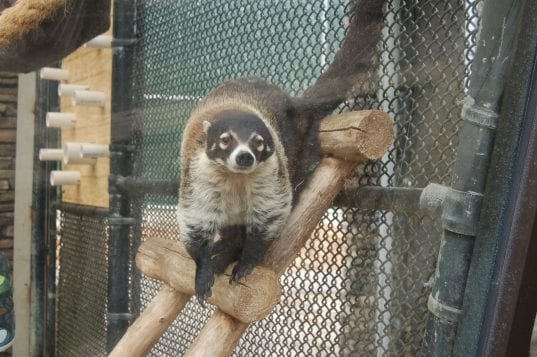
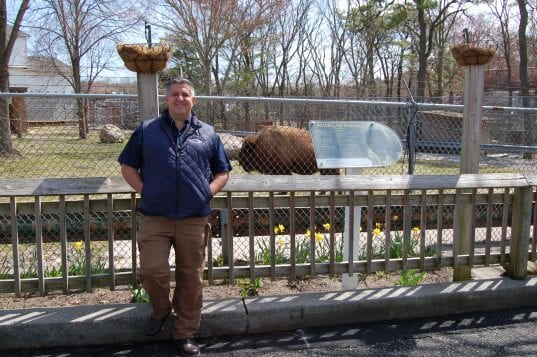
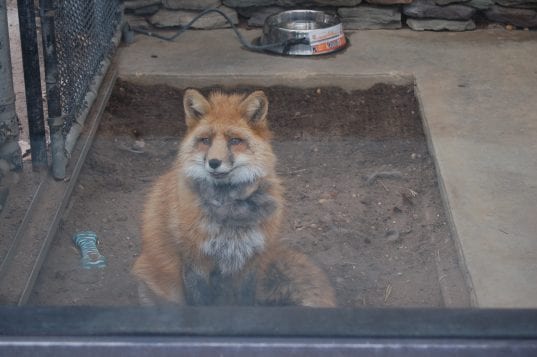
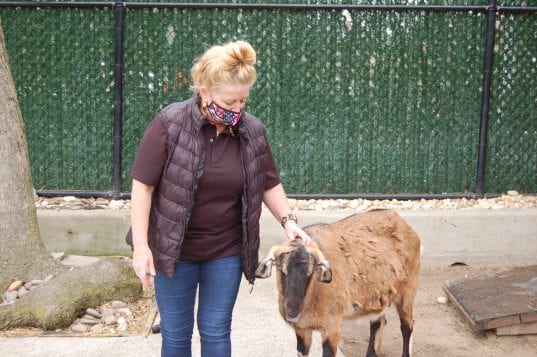

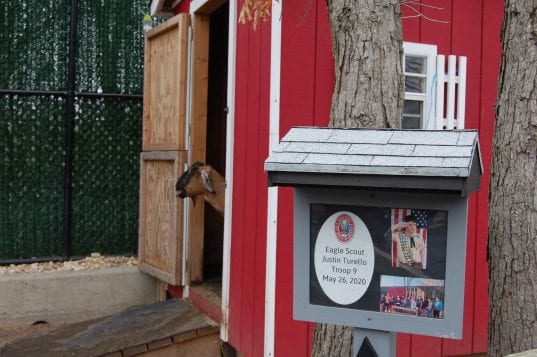

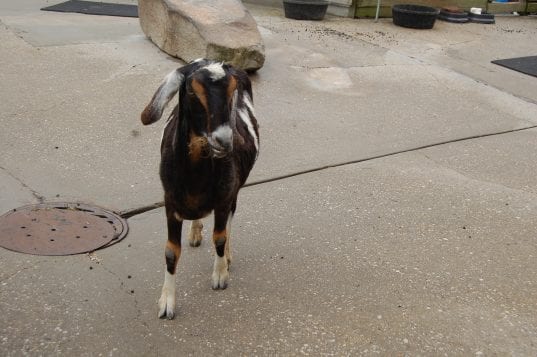
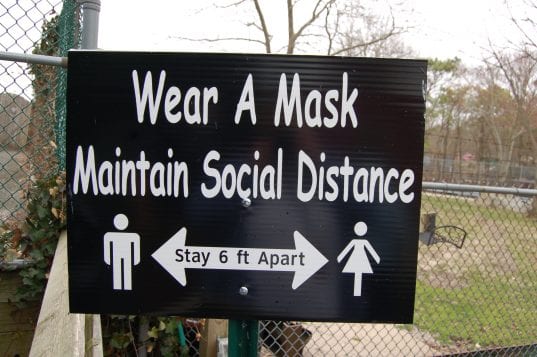
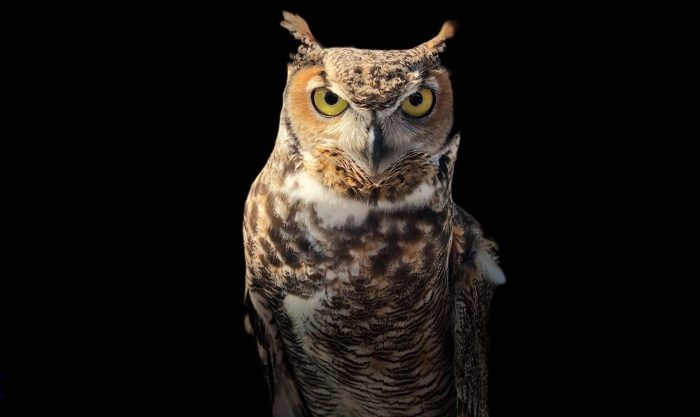
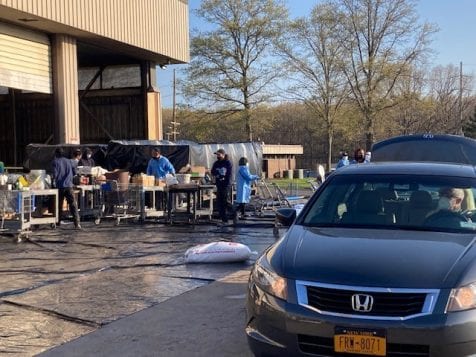
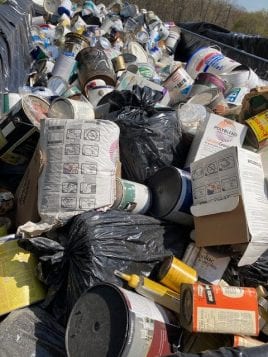
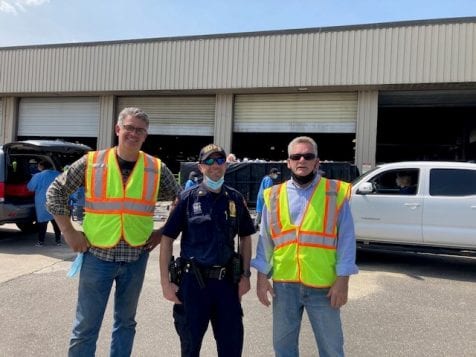
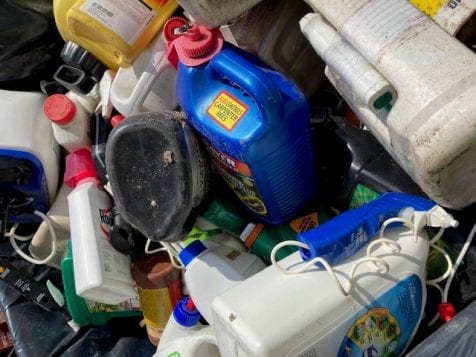
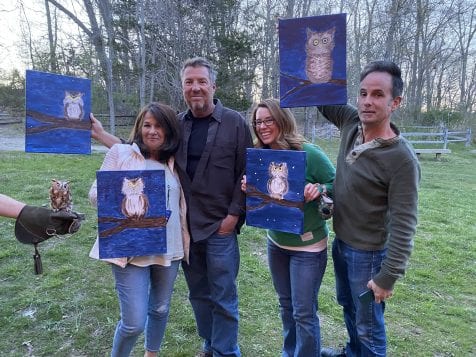
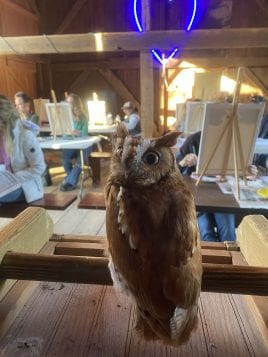
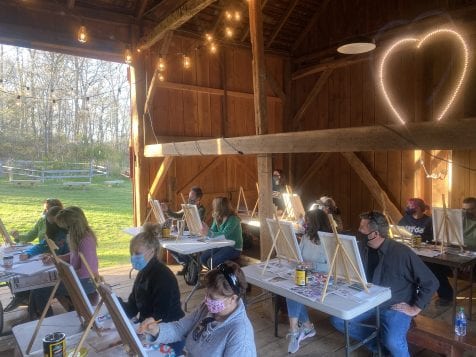
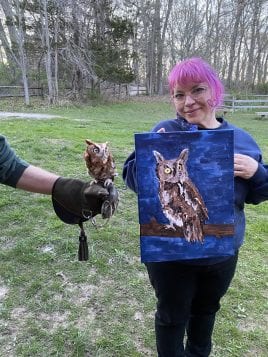
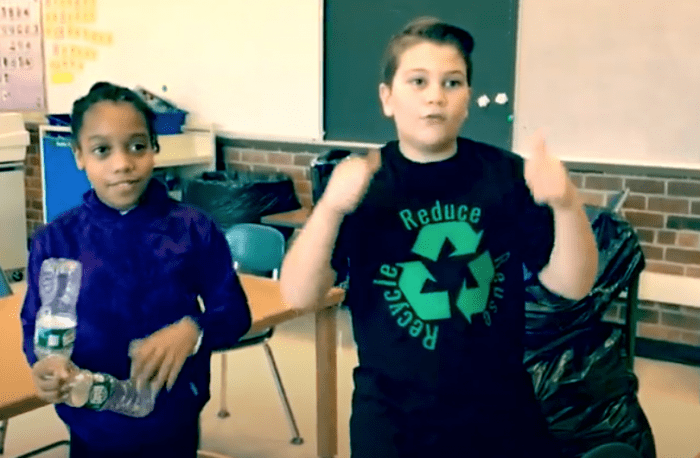


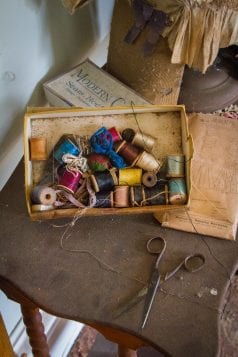

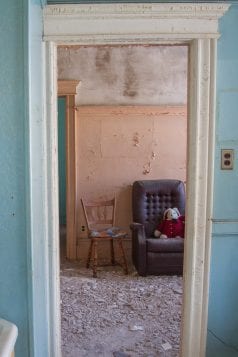

 Each will speak differently to the individual viewer. On a personal level, these moments demand attention:
Each will speak differently to the individual viewer. On a personal level, these moments demand attention: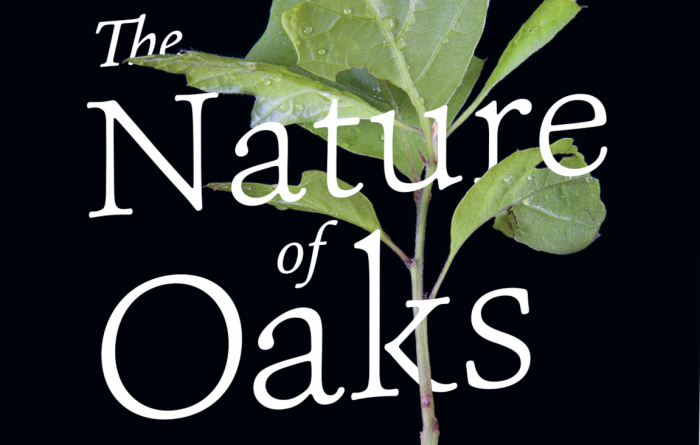
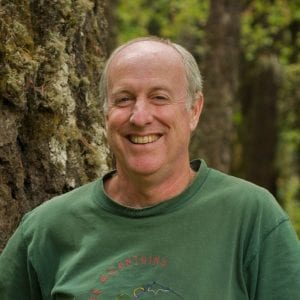
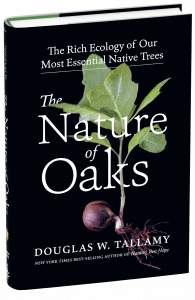 But it’s live oak leaves, Tallamy explains, where the value of oaks come into full focus. More than 500 species of butterflies and moths feed on oak leaves, including many geometrid caterpillars (or inchworms as we learned in our childhoods). Many hundred more other insect species eat oak leaves (or tap into the sap of oaks too), including leafhoppers, treehoppers, and cicadas, among others. These leaf-eating species, in turn, sustain many dozens of songbird species we love to watch — warblers, orioles, thrushes, wrens, chickadees, grosbeaks and more.
But it’s live oak leaves, Tallamy explains, where the value of oaks come into full focus. More than 500 species of butterflies and moths feed on oak leaves, including many geometrid caterpillars (or inchworms as we learned in our childhoods). Many hundred more other insect species eat oak leaves (or tap into the sap of oaks too), including leafhoppers, treehoppers, and cicadas, among others. These leaf-eating species, in turn, sustain many dozens of songbird species we love to watch — warblers, orioles, thrushes, wrens, chickadees, grosbeaks and more. 
 “It’s hard to study climate change and aspects of climate change and be a mother because the data’s very real to you,” said Dr. Emily Fischer, atmospheric chemist and associate professor in the Department of Atmospheric Science at Colorado State University. “We need a massive shift in the way we produce energy within 10 years, the same time period I need to save and plan to send my daughter to college. We’re hoping moms will realize climate change impacts their children and that we have solutions, but we need to act relatively quickly.”
“It’s hard to study climate change and aspects of climate change and be a mother because the data’s very real to you,” said Dr. Emily Fischer, atmospheric chemist and associate professor in the Department of Atmospheric Science at Colorado State University. “We need a massive shift in the way we produce energy within 10 years, the same time period I need to save and plan to send my daughter to college. We’re hoping moms will realize climate change impacts their children and that we have solutions, but we need to act relatively quickly.”